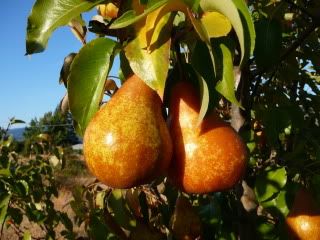Put down that salt shaker and not far away from processed foods! Long suspected as an accomplice in the heart of the disease indirectly, by increasing the blood pressure of salt has finally been directly implicated as a culprit in cardiovascular risk.
Researchers reported that those who cut their salt intake from 25% to 35% reduced their risk of cardiovascular events over the next 10 to 15 years from 25% to 30%. The regime no added salt (NAS), which is the regime most commonly prescribed. This diet is for patients diagnosed with congestive heart failure, cardiomyopathy, ,heart disease chronic or acute renal failure, hypertension, or edema.
The American Heart Association recommends that most people limit the daily intake of salt to 2,300 milligrams - less than a teaspoon (2,400 mg). For people with heart failure, the recommendation is not more than 2000 mg per day. Achieving this goal requires more than simply restrict the use of salt, however: More than 80% of Americans' salt intake comes from processed foods, including 20% of meat and meat products and about 35% of products bread / cereals.
The nutrition label provides the amount of sodium per serving, so always check the serving size. Judging by the number of milligrams instead of the percentage, because it relies on a diet 2400 mg per day and will be inaccurate for any other level.
NAS snack, you will do well to fresh fruits and vegetables. There are some pre-packed snacks that do not normally contain sodium, such as gelatin desserts, and ice. But to be safe, you should always check the sodium content of the sign. However, it is important to remember that even if the nuts are low in sodium, but they are also high in fat and calories.
Here is a list of some other foods that contain common snack 0 mg sodium, or nearby: Read more about this Article...http://ht.ly/5NmWH
Researchers reported that those who cut their salt intake from 25% to 35% reduced their risk of cardiovascular events over the next 10 to 15 years from 25% to 30%. The regime no added salt (NAS), which is the regime most commonly prescribed. This diet is for patients diagnosed with congestive heart failure, cardiomyopathy, ,heart disease chronic or acute renal failure, hypertension, or edema.
The American Heart Association recommends that most people limit the daily intake of salt to 2,300 milligrams - less than a teaspoon (2,400 mg). For people with heart failure, the recommendation is not more than 2000 mg per day. Achieving this goal requires more than simply restrict the use of salt, however: More than 80% of Americans' salt intake comes from processed foods, including 20% of meat and meat products and about 35% of products bread / cereals.
The nutrition label provides the amount of sodium per serving, so always check the serving size. Judging by the number of milligrams instead of the percentage, because it relies on a diet 2400 mg per day and will be inaccurate for any other level.
NAS snack, you will do well to fresh fruits and vegetables. There are some pre-packed snacks that do not normally contain sodium, such as gelatin desserts, and ice. But to be safe, you should always check the sodium content of the sign. However, it is important to remember that even if the nuts are low in sodium, but they are also high in fat and calories.
Here is a list of some other foods that contain common snack 0 mg sodium, or nearby: Read more about this Article...http://ht.ly/5NmWH

